Phishing attack
Fake Microsoft notifications are being used in phishing attacks. How to Stay Safe
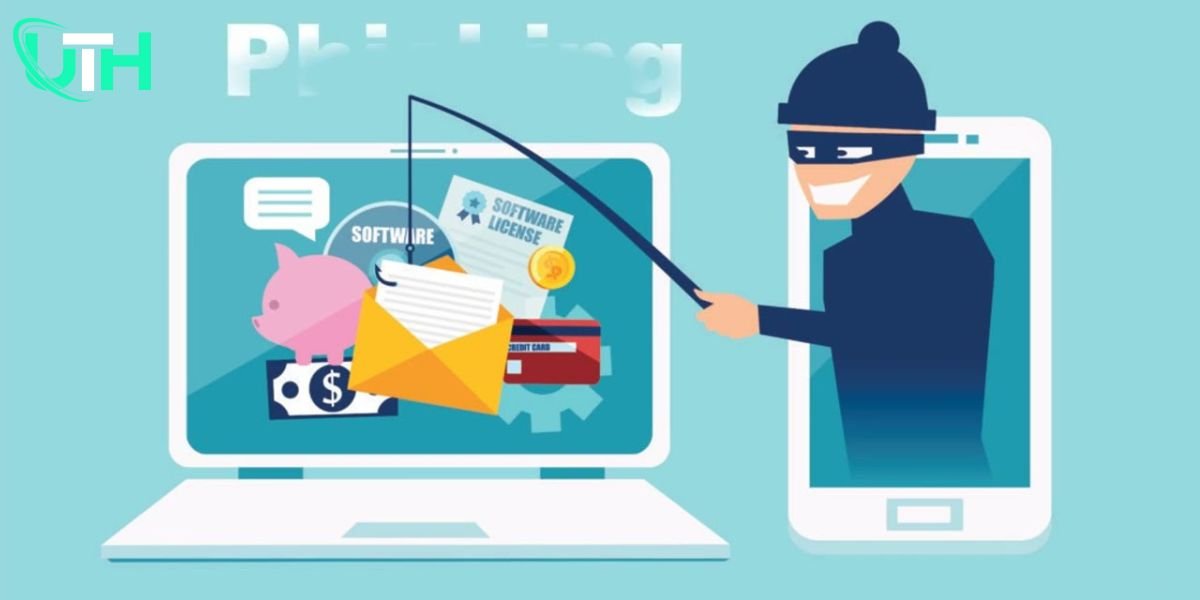
Cybercriminals often create fake Microsoft notifications to trick people into sharing important information or downloading harmful software. These scams mimic real Microsoft security alerts, pushing users to act quickly to secure their devices or accounts. However, clicking on the links or files in these messages can cause serious problems, such as:
What Are Fake Microsoft Notifications?
Fake Microsoft notifications are fraudulent messages designed to imitate official communications from Microsoft. These messages can appear as emails, pop-up alerts, or even SMS messages, claiming issues such as:
- Unauthorised access to your account.
- Subscription expiration.
- Security breaches require immediate action.
- There is an urgent need to install a software update.
The goal is to trick users into performing specific actions, such as:
- Clicking malicious links.
- They are entering their login credentials on fictitious Microsoft login pages.
- Downloading malware-infested attachments.
How Phishing Attacks Leverage Fake Microsoft Notifications
Phishing attacks using fake Microsoft notifications rely on social engineering techniques. These are psychological manipulations that induce panic, urgency, or curiosity, compelling users to act without thinking critically.
Common Scenarios
- “Unusual Sign-In Activity” Alert:
- Someone has allegedly accessed your Microsoft account from an unfamiliar location or device.
- The system prompts you to click a link to either “review” or “secure” your account.
- “Subscription Renewal Required”:
- Your Office 365 or Microsoft subscription has either expired or is about to expire.
- The fake payment page encourages immediate payment.
- “Software Update Needed”:
- Warns that your system is outdated or vulnerable.
- The website offers a download link that initiates the installation of malware rather than genuine updates.
- “Security Threat Detected”:
- Fake pop-ups assert that viruses or hackers have infected your computer.
- The guide suggests reaching out to a phony “Microsoft Support” number.
Key Indicators of Fake Microsoft Notifications
The format, content, and origin of fake notifications often distinguish them from legitimate ones. Here’s how to spot them:
a. Email-Based Phishing
- Suspicious Sender Address:
- Check the sender’s email domain (e.g., noreply@microsoft-secure-account.com instead of noreply@microsoft.com).
- Grammar and spelling errors:
- Phishing emails often contain typos or awkward phrasing.
- Unsolicited Attachments:
- Microsoft rarely sends attachments unless explicitly requested by the user.
b. Pop-Up Notifications
- Unprofessional Design:
- Fake pop-ups may have poor formatting, low-quality graphics, or mismatched branding.
- Unrealistic Claims:
- The purpose of phrases like “Your system will shut down in 5 minutes” is to scare you into taking immediate action.
c. Links and URLs
- Hover Over Links:
- Inspect URLs by hovering your mouse over them without clicking. If the link doesn’t lead to an official Microsoft domain (e.g., microsoft.com), it’s likely fraudulent.
- Misleading URLs:
- Cybercriminals may use similar-looking domains like microsoft-verification.com.
Here’s a practical illustration of a phishing attack
Scenario: The user receives an email with the subject, “Microsoft Account Unusual Sign-In Attempt.”
- Message Content:
- “We detected suspicious sign-in activity on your account. Click here to verify your account and secure it.”
- Outcome:
- When the user clicks the link, a fake Microsoft login page appears, stealing their credentials.
How to Protect Yourself Against Fake Notifications
a. General Tips
- Enable Multi-Factor Authentication (MFA):
- MFA provides an additional layer of security, even in the event of password theft.
- Educate Yourself:
- Familiarize yourself with phishing techniques and stay updated on cybersecurity trends.
- Keep Software Updated:
- Regular updates to your operating system and antivirus software can help block malicious content.
b. Specific strategies.
- Verify Emails:
- Always double-check the sender’s email address and domain.
- Avoid Clicking Links:
- Instead of clicking links in emails, navigate directly to Microsoft’s website and log in.
- Don’t Download Attachments:
- Avoid opening unsolicited attachments, especially executable files (.exe, .bat, .js).
- Use Trusted Antivirus Software:
- A robust antivirus program can detect and block phishing attempts.
Steps to Take If You Encounter a Fake Notification
a. If You Suspect Phishing
- Do Not Interact:
- Avoid clicking links, downloading files, or responding to the message.
- Report the Incident:
- Forward phishing emails to Microsoft at report@phishing.microsoft.com.
b. If you clicked a link or entered information,
- Change Your Password Immediately:
- Update your Microsoft account password and enable MFA.
- Scan Your Device for Malware:
- Use antivirus software to check for and remove malicious files.
- Monitor Your Accounts:
- Monitor your email and bank accounts for any unauthorized activity.
Tools and resources for protection.
- Microsoft Safety Scanner:
- There is a free tool available for identifying and eliminating malware.
- Microsoft Phishing Awareness:
- Microsoft’s official guide on phishing offers additional resources.
- Password Managers:
- Use a password manager to create and store strong, unique passwords for all accounts.
Conclusion
Phishing attacks via fake Microsoft notifications are becoming increasingly prevalent, making it crucial for users to stay attentive. By learning to recognize fake notifications and following cybersecurity best practices, you can protect yourself from these threats.
Always remember: when in doubt, verify directly with Microsoft through official channels. Your awareness is your strongest defence against cybercriminals.
-
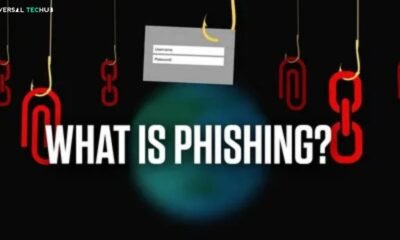
 Phishing attack8 months ago
Phishing attack8 months agoWhat is Spear Phishing and How You Can Identify This Scam?
-
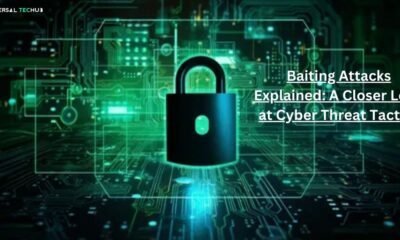
 Social engineering attack10 months ago
Social engineering attack10 months agoBaiting Attacks Explained: A Closer Look at Cyber Threat Tactics
-

 Social engineering attack8 months ago
Social engineering attack8 months agoWhat are Social Engineering Attacks – A Complete Guide to Cyberattacks Prevention
-

 Social engineering attack9 months ago
Social engineering attack9 months agoSpear Phishing Attack: A Targeted Cyber Threat
-
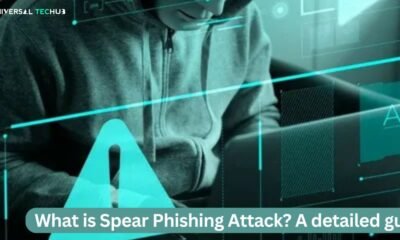
 Social engineering attack10 months ago
Social engineering attack10 months agoWhat is spear phishing attack? A detailed guide
-
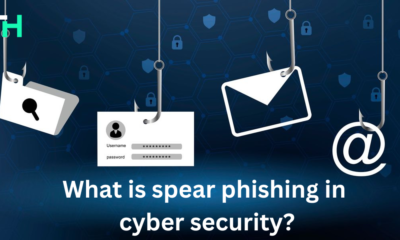
 Social engineering attack10 months ago
Social engineering attack10 months agoWhat is spear phishing in cyber security?
-

 Phishing attack4 months ago
Phishing attack4 months agoWhy is Phishing Still a Major Cyber Threat? Everything You Need to Know
-
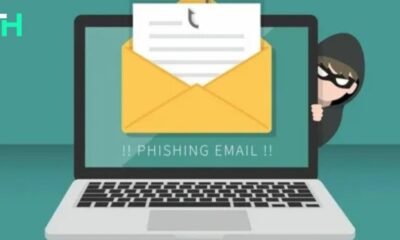
 Phishing attack8 months ago
Phishing attack8 months agoWhat Are Phishing Emails? A guide for you




















